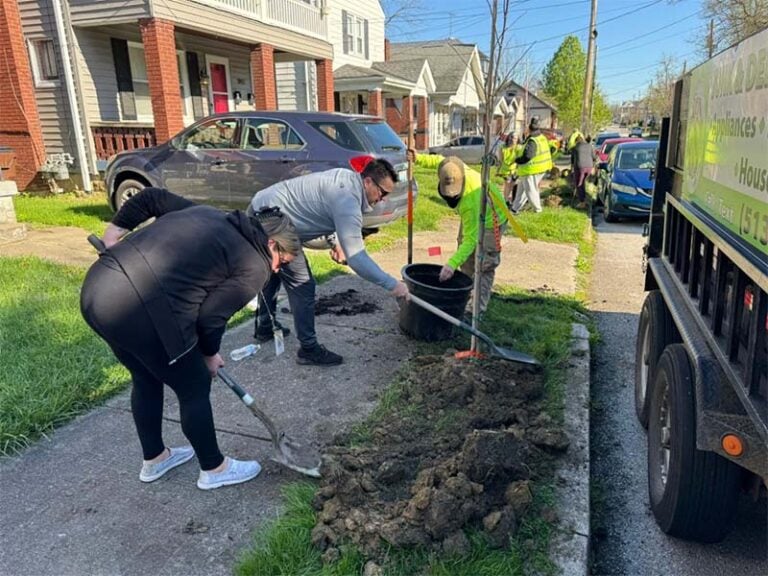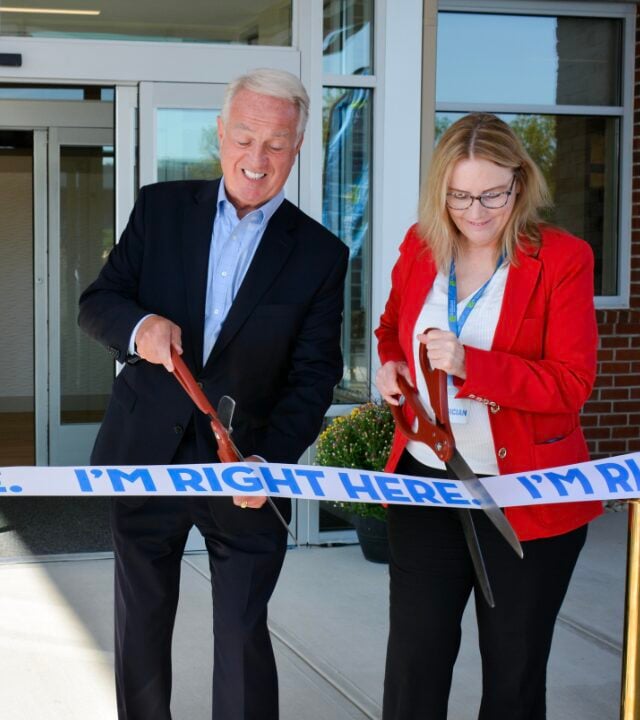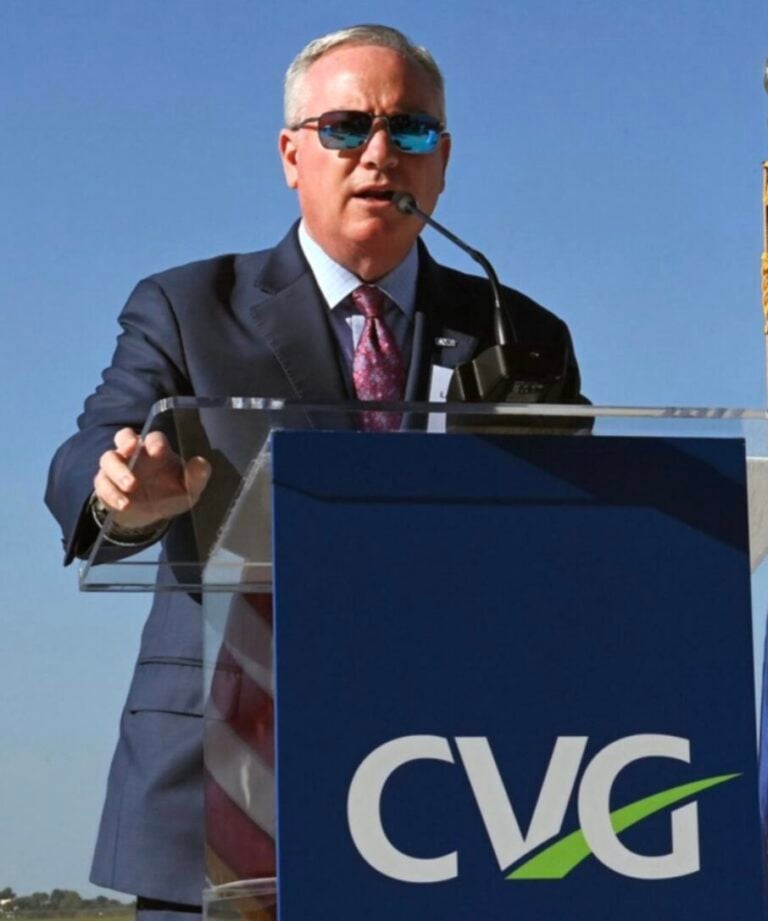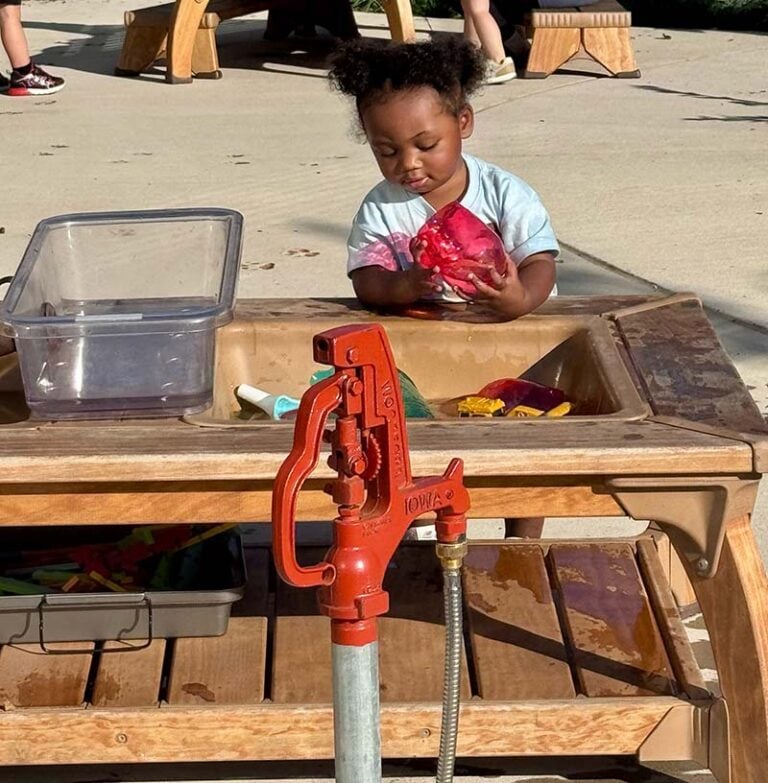
Each week “resident riskologist” Keven Moore shines the light on America’s riskiest behaviors – from unsafe driving practices to workplace stress to common home accidents. And in the process, he provides the information needed to help people play it a little safer.
Like many entrepreneurial teens, I would welcome snow days when I was growing up in the ’70s. While many of my classmates found these surprise school holidays as an opportunity to catch up on sleep, I would get up early to get a jump on my competition.
The Great Blizzard of 1978, also known as the White Hurricane, struck the area on Jan. 25, dumping 16 inches of snow and keeping us out of school for nearly a month. It proved to be a cash cow for me!
By then, at age 15, I had perfected my sales pitch and would always remind my neighbors that a local ordinance required homeowners to remove the snow. I would follow that up by informing them that if somebody got hurt, they could get sued – in addition to the fine.
When it was all over, I had raised enough money to set a personal sales record and, consequently, enough pocket change to play pool every weekend at Champs Rollerdome.
Now, as a responsible homeowner, I always make it a point to shovel my own snow. In fact, I just went in halves with my neighbor on a used snow-blower to turn this chore into a little bit of fun. Actually, because slip-and-fall lawsuits are the bread and butter of many personal injury attorneys today and I chose to not help contribute to paying off their vacation homes.
Nevertheless, many of us are unsure of our responsibilities and the liabilities when it comes to clearing the sidewalk. Are you liable for injuries if you fail to shovel your sidewalk and someone falls? Are you negligent if you attempt to shovel your walk but do a poor job? When is it too long to wait after a storm to remove snow?
Most city ordinances across the state of Kentucky require property owners to keep sidewalks clear of snow and to shovel a path for delivery personnel – or face fines.
If you own rental property or commercial property, it’s even that much more important to maintain common areas so that you are not liable for accidents.
If you own a single-family rental property, it is always recommended to include snow removal in your lease agreement as the tenant’s responsibility. When you create the tenant-landlord agreement, it’s important to be specific about when and where the snow needs to be shoveled.
It’s commonplace for a landlord to offer a monthly discount on the rent if a tenant honors the snow removal agreement. To guarantee regular shoveling of the property, it would be advised that you provide your tenant with the salt or sand needed to help avoid anyone from slipping on your property post-shoveling.
Then there are some states, including Illinois and Ohio, that make a distinction between “natural” and “unnatural” accumulations of snow and ice. If a perilous walkway is the natural result of winter weather, it’s not the landowner’s responsibility. But if it’s somehow unnatural—such as the result of a broken drainpipe or a defective sidewalk—then the owner (or more likely, the homeowner’s insurance company) is on the hook.
This rule can sometimes have abnormal and costly results, however: A landowner who leaves a walkway untouched might avoid all liability. But one who has done a poor job of clearing the walk, leaving it more dangerous than when the shoveling started, also could be successfully sued. The take-away is when you do shovel, do it right.
Unfortunately, there is no definitive answer to many of these questions, as each incident must be examined individually. To help you understand your responsibilities and protect against risk exposure, you need to consider the following:
1. Understand your residential snow removal responsibilities – Call or visit your city, municipality or even your homeowner’s association website and search on “snow removal” or “sidewalk clearing.” You should find the associated guidelines and timelines on removing snow from residential sidewalks. If you are a renter it is advised that you revisit your lease agreement to determine your responsibilities.
2. Be responsible/maintain your property in a safe manner – As a responsible property owner, you must ensure your property is reasonably safe for visitors and others who may come onto or pass through your property. You can do that by throwing salt or even cat liter over those ice patches that remain after you have shoveled. By taking these kinds of actions, it will reduce your liability. Remember, it’s much harder to establish a case of negligence against you if the property is well maintained.
3. Strengthen your safety net – Make sure that you have proper and adequate liability coverage on your homeowner’s policy. Depending on the incident and the liability, your policy should come to your aid when someone is injured on your property. However, your homeowner’s insurance only covers you up to a set dollar amount – limits of liability – that you selected when you purchased the policy. If the costs exceed that amount, you will likely be financially responsible to pay the remainder from your own personal resources.
4. Pack a second parachute – In today’s litigious society, lawsuits from injury claims can be very costly and homeowners may find that their home insurance doesn’t cover the full cost when something happens. So you should purchase an umbrella policy to supplement your homeowner’s policy, as it will provide you with the extra liability coverage to offset those extra costs. Remember it doesn’t kick in until after the homeowner’s policy has been exhausted.
In my line of work, I advise my clients to always error on the conservative side when it comes to your safety and liability.
Be safe, my friends.
 Keven Moore is director of Risk Management Services for Roeding Insurance (www.roedinginsurance.com). He has a bachelor’s degree from University of Kentucky, a master’s from Eastern Kentucky University and 25-plus years of experience in the safety and insurance profession. He lives in Lexington with his family and works out of both the Lexington and Northern Kentucky offices. Keven can be reached at kmoore@roeding.com.
Keven Moore is director of Risk Management Services for Roeding Insurance (www.roedinginsurance.com). He has a bachelor’s degree from University of Kentucky, a master’s from Eastern Kentucky University and 25-plus years of experience in the safety and insurance profession. He lives in Lexington with his family and works out of both the Lexington and Northern Kentucky offices. Keven can be reached at kmoore@roeding.com.

















